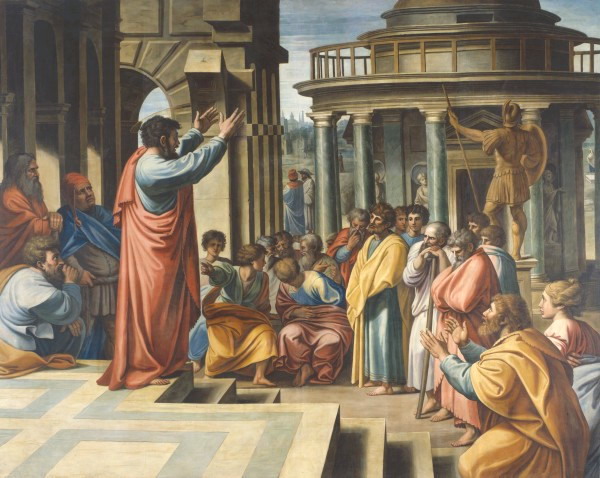I really appreciate this candid post from Joe Carter on the conundrums of the public intellectual – or, to use his terms, the “influence-seeker.” A lot of what he’s saying resonates with my own experience. And he raises the deeper problem of what counts as influence:
I’ve said and written things that have been seen and heard by millions of people…Yet if I assessed the level of influence I gained from appearing on those venues I would rank it from negligible to non-existent. When readers and listeners folded the newspaper, closed the magazine, and turned off the radio they completely forgot about my message.
Joe points instead to “regularity and rapport” as “the two keys to influencing hearts and minds.” That’s something you can achieve only with a much smaller audience – more on the level of 150 people than millions, he suggests.
There’s something to that. Yet there are other forms of influence that don’t rely on regularity and rapport. In the Kermit Gosnell case, a relatively small set of people forced several major national media outlets to begin covering the trial. Given the way it happened, it seems likely to me that this episode will have at least some lasting impact on the way the media covers that type of trial; once you’ve been shamed into doing something, and even into admitting that you’re being shamed into doing it, you’re not going to want to be put in that position again. Now, this handful of bloggers, tweeters and columnists – all of them obscure names outside their own religious and political circles – did not have to establish regularity or rapport with the editorial team of the Washington Post in order to move them. Nor did they reach millions of people and start a grassroots rebellion. What they had to do was say the right thing in the right way at the right time, and do so with just enough publicity in the right places that they couldn’t quite be ignored.
Think about it this way: Whose disapproval did these reporters and editors fear?
- Not their personal acquaintances. Each of them no doubt has a circle of something like 150 people with whom they have real personal relationships, but virtually nobody in those circles would have objected to their failure to cover Gosnell. Quite the contrary, they were much more likely to be made intensely uncomfortable or even positively offended by the decision to cover.
- Not their reading or viewing audiences. This is the “millions of people” Joe talks about. The previous generation of Christians and conservatives (two different groups but with much overlap and many parallel concerns about the direction of the culture) would have placed a great deal of stock in the virtue of the masses. The way to move an institution like the Washington Post was to appeal to the readers. Today we know better. I think it’s very unlikely that more than a handful of the readers/viewers were objecting to the failure to cover the trial, or would have objected even if they had continued not to cover it.
- But there’s a third group: their profession. Reaching out beyond the 150 people they personally know but long before they get to the millions of people they write and speak for, there is a group – probably in the thousands – of people who have invested their sense of identity and motivation for work in the idea that they are “truth tellers.” Here is the lever that moved them. Yes, most journalists are not personally inclined to prefer coverage of the Gosnell trial; that’s why there was no coverage as the trial began. But these same journalists have invested in an identity, and they will apparently act to protect that investment, even against their own more immediate preferences.
And professions are not the only intermediate locus of influence between the personal circle (which is small but over time can be moved with great force) and the teeming millions (which is large but normally can’t be moved much at all). Thinking in terms of these intermediate loci is central to the new conversation about culture change that’s going on simultaneously in both evangelical and conservative circles.

Great post, Greg. I should have clarified in my article that the 150 metric should be considered more of the baseline goal for newbie influencers. Too many people start out thinking that if they can only become a regular talking head on FOX News (or equivalent) they can have a real influence.
Also, I agree with the general thrust of your argument but have to quibble with your example. The person most responsible for getting the media to pay attention to the Gosnell crimes was Mollie Hemingway. Mollie spent years establishing rapport with mainstream journalists through her work at Get Religion. She was able to shame them in a way that people who were not in their circle of influence were not able to do.
Huh! I had no idea. Sounds like a “both/and” strategy is needed, then.